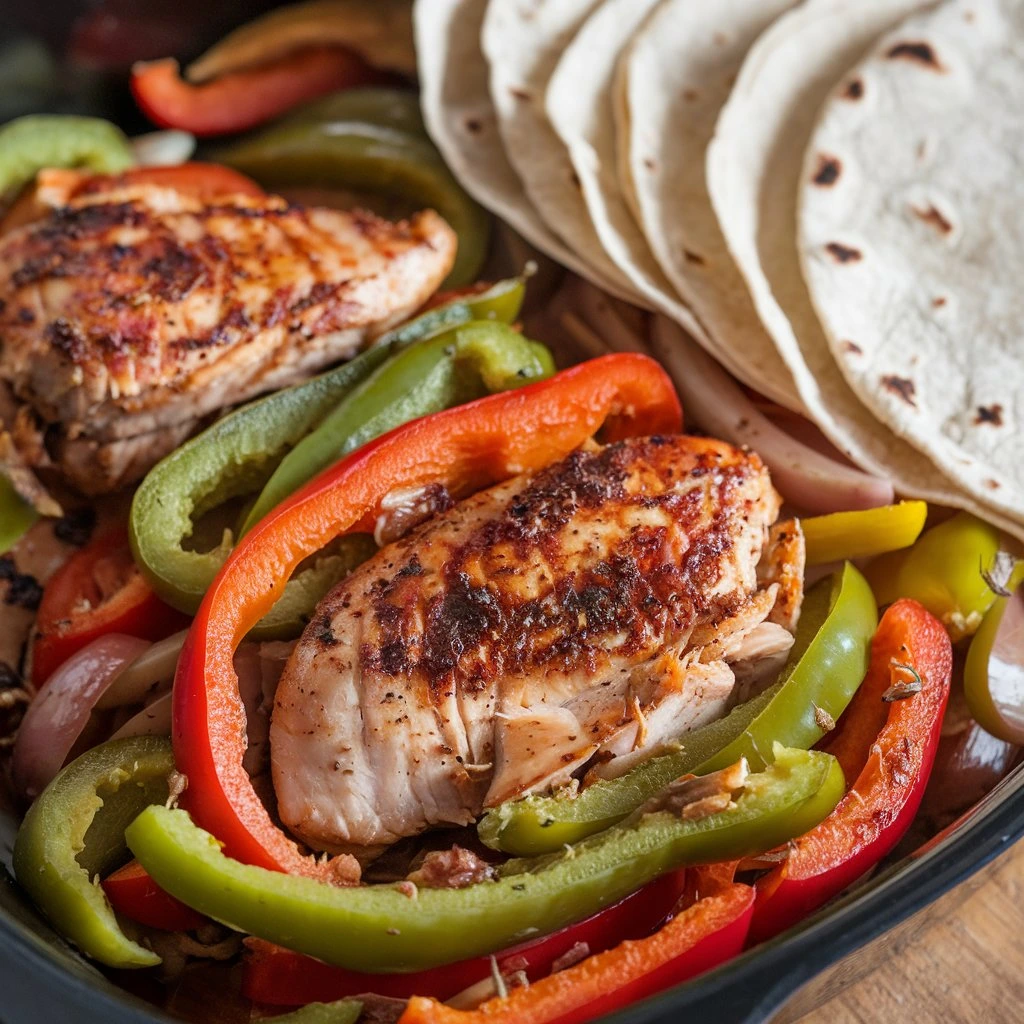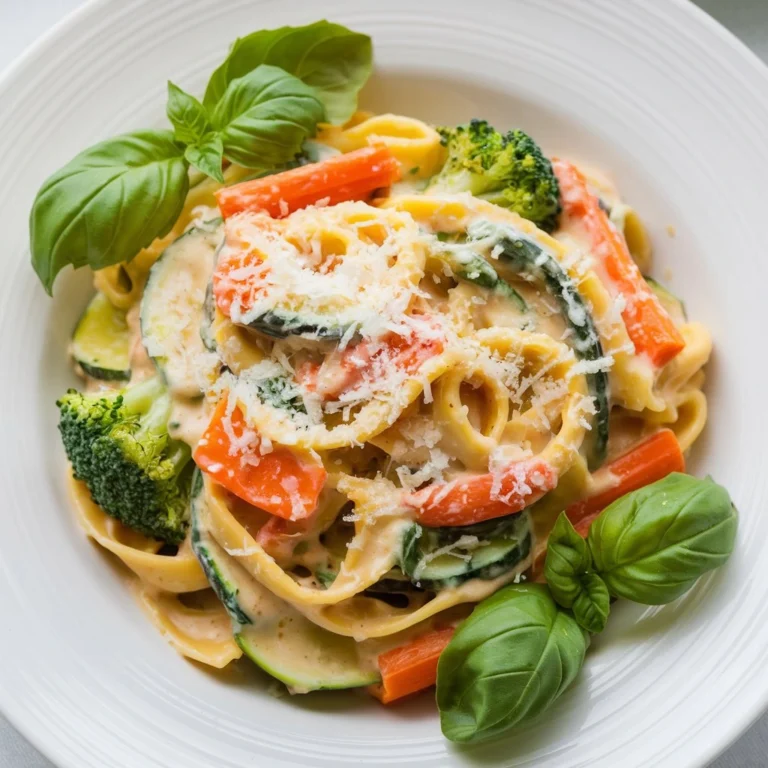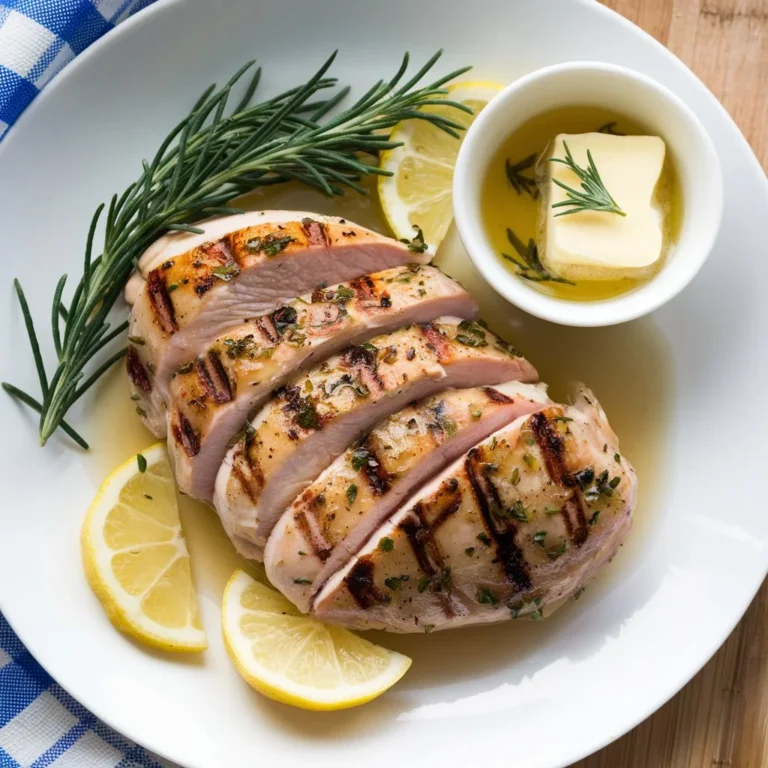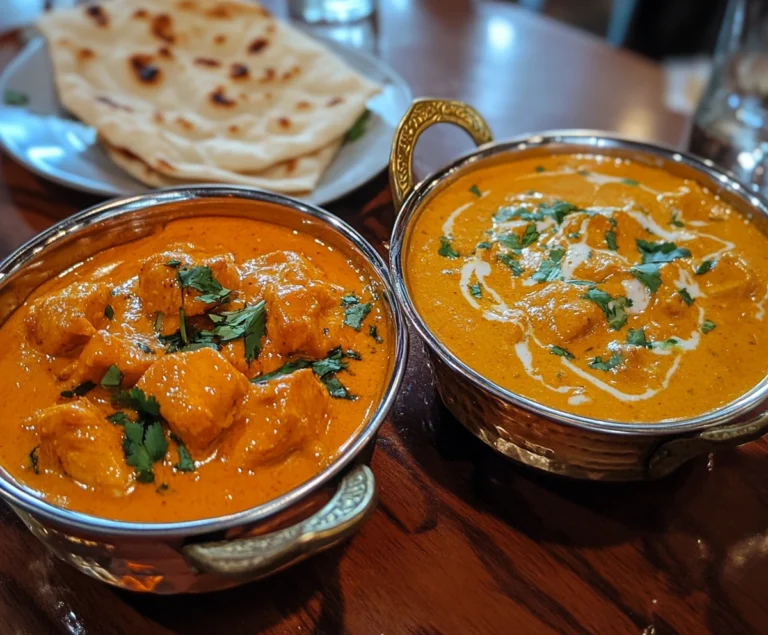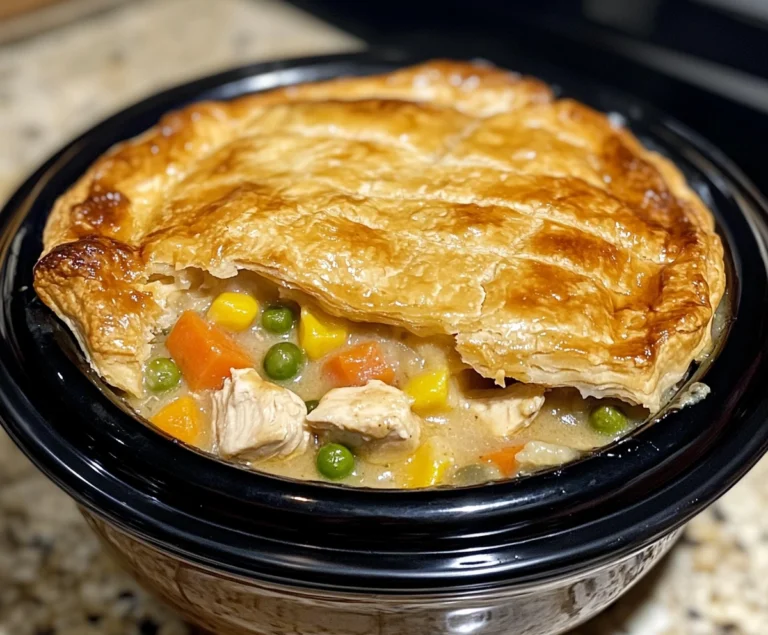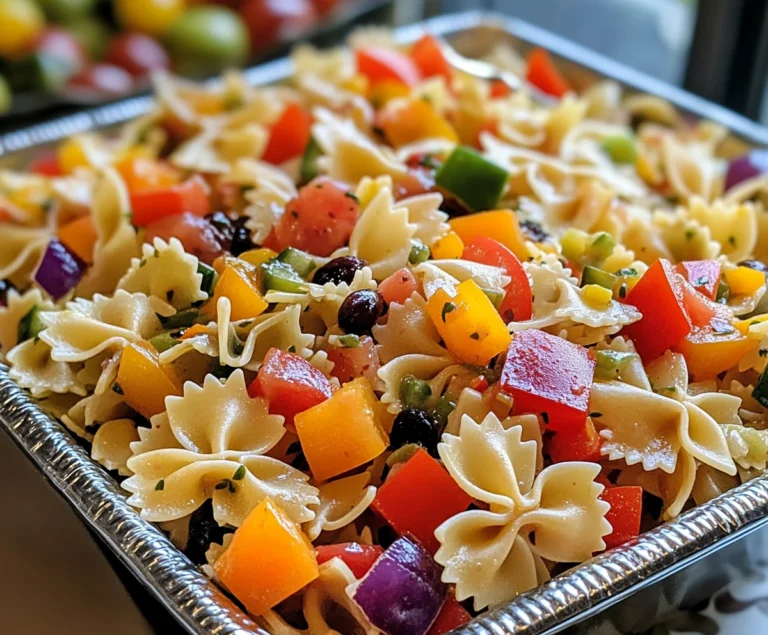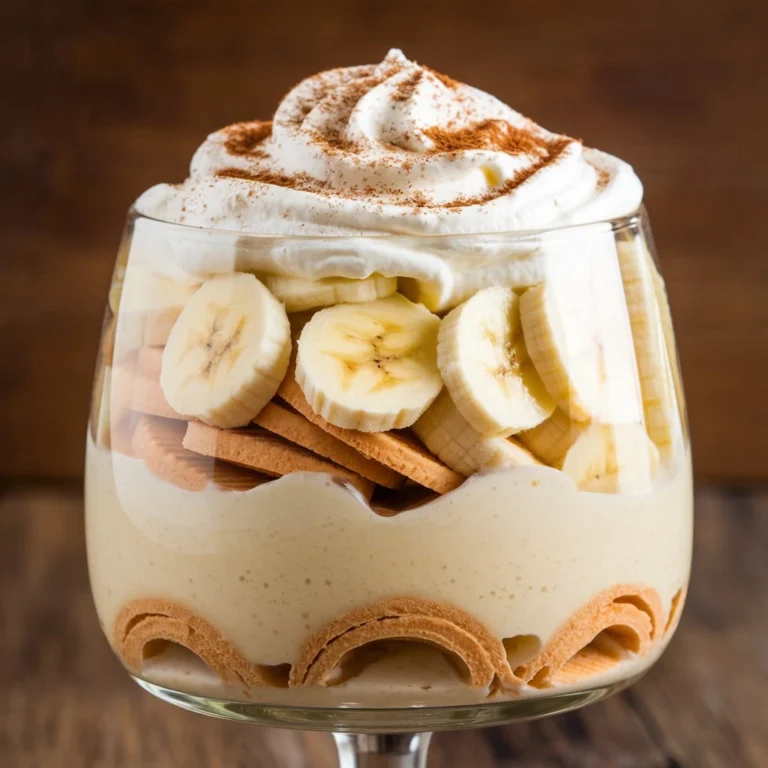What makes chicken rubbery in crockpot?
What Makes Chicken Rubbery in a Crockpot?
Using a slow cooker, or crockpot, to prepare chicken dishes can be a lifesaver for busy schedules. However, many home cooks encounter the same frustrating issue: rubbery or tough chicken. This texture occurs when chicken isn’t cooked properly in the slow cooker, which can ruin even the best recipe. To achieve tender, juicy chicken every time, it’s essential to understand the reasons behind rubbery chicken, common mistakes, and cooking techniques that prevent it.
This comprehensive guide will help you avoid rubbery chicken in your slow cooker, highlighting everything from ingredient preparation to selecting the best cuts for slow cooking.
Understanding Chicken in the Crockpot
The first step to avoiding rubbery chicken is understanding how different cuts of chicken behave in a slow cooker. Chicken breasts, for example, are very lean, with minimal fat and connective tissue. This leanness makes them prone to drying out, becoming chewy, and taking on a rubbery texture when cooked for too long. On the other hand, chicken thighs have more fat and connective tissue, allowing them to remain tender and juicy, even when cooked over long periods.
Chicken Composition: Why Some Cuts Become Rubbery
Chicken breasts contain less collagen, the protein in connective tissues that breaks down during slow cooking, transforming into gelatin. This breakdown of collagen adds moisture to the meat. Because chicken breasts have less connective tissue and fat, they don’t retain moisture as effectively as thighs. When chicken breasts are overcooked, the meat loses moisture, dries out, and becomes rubbery. In contrast, the higher fat content in thighs helps to keep them tender during slow cooking.
Additionally, collagen breakdown is a critical part of how slow cooking works. As collagen melts into gelatin, it gives the meat a soft, tender texture. This process is key for ensuring moist, flavorful chicken. If too much heat is applied or the cooking time is too long, the chicken dries out, leading to the dreaded rubbery texture.
Why Chicken Becomes Rubbery in a Slow Cooker
While the composition of the meat plays a role, several external factors contribute to the rubbery texture of chicken in the slow cooker. By recognizing these common issues, you can make the necessary adjustments to achieve tender chicken every time.
Overcooking
One of the most common reasons for rubbery chicken is overcooking. Slow cookers are designed for low and slow cooking, which allows the meat to tenderize over time. However, even with the “low and slow” method, cooking chicken for too long will cause it to lose moisture and dry out. This is especially true for chicken breasts, which can go from perfectly cooked to rubbery and dry within a short time frame.
Too Much or Too Little Liquid
Adding too much liquid can cause the chicken to boil instead of slow-cooking, which leads to a tough texture. On the other hand, adding too little liquid can cause the chicken to dry out. The key is to use just enough liquid to keep the chicken moist without over-saturating it. The amount of liquid will vary depending on the recipe, but a good rule of thumb is to ensure that the bottom of the crockpot is covered with liquid, whether it’s chicken broth, water, or sauce.
For more tips on managing liquid in slow cooker recipes, you can refer to this guide on chicken broth and liquid balancing.
Using the Wrong Crockpot Size
The size of your slow cooker matters. If the crockpot is too large for the amount of chicken you’re cooking, it won’t cook evenly. The chicken might overcook in some areas while being undercooked in others. Using the wrong size crockpot can also lead to too much heat being distributed, which contributes to rubbery textures. Make sure the crockpot matches the volume of ingredients, leaving just enough space for heat to circulate evenly.
Preventing Rubbery Chicken: Best Practices
There are several effective methods to ensure your chicken turns out tender and juicy instead of rubbery. Follow these tips to enhance the texture and flavor of your slow-cooked chicken.
Choose the Right Chicken Cuts
- Opt for Chicken Thighs: If you’re slow-cooking, chicken thighs are a better choice than breasts. Thighs contain more fat and connective tissue, which helps them stay tender during long cooking periods. Even if they’re cooked slightly longer than intended, thighs remain juicy because of their fat content.
- If Using Breasts, Reduce Cooking Time: If you prefer using chicken breasts, you need to closely monitor the cooking time and set your slow cooker to a lower heat. Cooking breasts for too long, even on a low setting, can dry them out quickly.
Adjust Cooking Times
- Cook on Low Heat: The best way to avoid rubbery chicken is by using the slow cooker’s low heat setting. Cooking on low heat for a longer time allows the collagen to break down slowly, resulting in tender meat. Generally, it’s better to cook chicken on low for 4-6 hours rather than on high for 2-4 hours. The low, gradual heat ensures even cooking and preserves moisture.
- Check Internal Temperature: To ensure the chicken is cooked but not overcooked, use a meat thermometer to check for doneness. The chicken should reach an internal temperature of 165°F to be fully cooked without drying out. For larger cuts or bone-in pieces, the cooking time might be slightly longer, but always use temperature as your guide.
Balance the Liquid
- Add Just Enough Liquid: When using a slow cooker, adding the right amount of liquid is crucial. Too much liquid boils the chicken, and too little liquid causes it to dry out. For most recipes, it’s best to add just enough liquid (e.g., broth, water, or sauce) to cover the bottom of the crockpot. This ensures that the chicken remains moist without becoming waterlogged.
For more tips on managing liquid and seasoning in slow cooker dishes, refer to this expert guide on slow-cooking techniques.
Pre-Cooking Techniques for Tender Chicken
Searing the Chicken
Searing the chicken before placing it in the slow cooker helps lock in moisture and creates a flavorful crust. Browning the chicken on the stovetop before slow-cooking can give it a more complex flavor and a firmer texture, reducing the risk of it becoming overly soft or rubbery.
Steps for Searing Chicken:
- Heat a small amount of oil in a pan over medium heat.
- Season the chicken with salt, pepper, and other desired spices.
- Sear the chicken for 2-3 minutes on each side until it’s golden brown.
- Place the seared chicken in the slow cooker to finish cooking.
Layering Ingredients Correctly
When slow-cooking, it’s important to layer your ingredients to ensure even cooking. For example, placing vegetables at the bottom of the crockpot and the chicken on top allows for better heat distribution. If the chicken is directly in contact with too much liquid, it may boil instead of slow-cooking. Vegetables like carrots and potatoes can act as a buffer between the chicken and the liquid, preventing the chicken from becoming rubbery.
Choosing the Right Crockpot Settings
The right settings on your slow cooker can mean the difference between juicy, tender chicken and rubbery, overcooked chicken. Here’s how to optimize your crockpot settings:
Low vs. High Heat
- Low and Slow: Cooking on the low setting over an extended period is the best way to achieve tender, moist chicken. This setting allows the chicken to cook evenly while slowly breaking down the collagen and connective tissues. Low heat over a long period also prevents the chicken from drying out, as it retains more moisture.
- High Heat: The high setting can be useful if you’re short on time, but it increases the risk of overcooking chicken, especially breasts. Only use high heat when absolutely necessary, and reduce the cooking time accordingly. If you’re aiming for the best results, the low setting is always preferable for chicken.
To further explore how slow cooker settings affect different cuts of chicken, check out this slow-cooking recipe guide.
Slow Cooker Recipes to Avoid Rubbery Chicken
Here are a few foolproof recipes that can help you achieve tender, flavorful chicken every time:
Slow Cooker Chicken Thighs with Vegetables
- Ingredients: Chicken thighs, carrots, potatoes, onions, garlic, and chicken broth.
- Cooking Time: 6-8 hours on low.
- Instructions: Add a layer of vegetables to the bottom of the crockpot and pour in enough chicken broth to cover them. Season the chicken thighs and place them on top of the vegetables. Cook on low for 6-8 hours until the chicken is tender.
Honey Garlic Chicken Breasts
- Ingredients: Chicken breasts, honey, garlic, soy sauce, and chicken broth.
- Cooking Time: 3-4 hours on low.
- Instructions: Combine honey, garlic, and soy sauce in a bowl and pour over the chicken breasts in the slow cooker. Add just enough chicken broth to prevent the chicken from drying out. Cook on low for 3-4 hours, monitoring the internal temperature to prevent overcooking.
Chicken Stew
- Ingredients: Chicken thighs, celery, carrots, onions, potatoes, and chicken stock.
- Cooking Time: 7-8 hours on low.
- Instructions: Layer the vegetables at the bottom of the slow cooker and place the chicken thighs on top. Add chicken stock and season with salt, pepper, and herbs. Cook on low for 7-8 hours, allowing the vegetables to become tender while the chicken retains its moisture.
Avoiding Common Mistakes
Even the best slow-cooker recipes can go wrong if you make these common mistakes. Here’s how to avoid them:
Using Frozen Chicken
Frozen chicken often leads to uneven cooking in the crockpot, as it doesn’t thaw uniformly. Cooking frozen chicken in a slow cooker also increases the risk of bacterial growth, as the meat takes longer to reach a safe internal temperature. Always thaw chicken completely before placing it in the slow cooker.
Not Testing for Doneness
Using a meat thermometer to check the internal temperature of the chicken ensures it’s fully cooked without being overdone. Chicken should reach 165°F at its thickest point to be safely consumed. Testing for doneness throughout the cooking process prevents the chicken from overcooking and becoming rubbery.
Overcooking on High Heat
While the high setting can be tempting when you’re short on time, it increases the likelihood of overcooking the chicken. The high heat evaporates moisture quickly, leading to dry, rubbery meat. For best results, cook on the low setting whenever possible.
FAQs
Why does my chicken get tough in the slow cooker?
Chicken becomes tough when it’s overcooked or cooked at too high a temperature. Sticking to low heat and monitoring cooking times helps prevent this.
Can I overcook chicken in a crockpot?
Yes, chicken can become overcooked and rubbery in a crockpot. Overcooking causes the chicken to lose moisture, leading to a tough texture. Always monitor the cooking time and use a meat thermometer to ensure doneness.
How do I keep chicken moist in the crockpot?
To keep chicken moist, use chicken thighs instead of breasts, cook on low heat, and add just enough liquid to the slow cooker to maintain moisture. Avoid adding too much liquid, as it can boil the chicken instead of slow-cooking it.
What type of chicken is best for slow cooking?
Chicken thighs are ideal for slow cooking because of their higher fat content, which helps retain moisture. Chicken breasts can also be used, but they require careful monitoring to prevent overcooking.
Should I sear chicken before slow cooking?
Searing chicken before slow cooking helps lock in moisture and creates a flavorful crust. This extra step can improve the texture and flavor of the chicken, ensuring it doesn’t become rubbery during slow cooking.
Conclusion
Achieving tender, flavorful chicken in a crockpot is possible with the right techniques. By selecting the right cuts of chicken, managing cooking times, and controlling the amount of liquid in your recipes, you can avoid the common problem of rubbery chicken. Whether you’re preparing chicken thighs, breasts, or a hearty stew, these strategies will help you get the best results from your slow cooker.
For more recipes and tips on making delicious slow-cooked meals, check out this guide on slow-cooking chicken cutlets.

